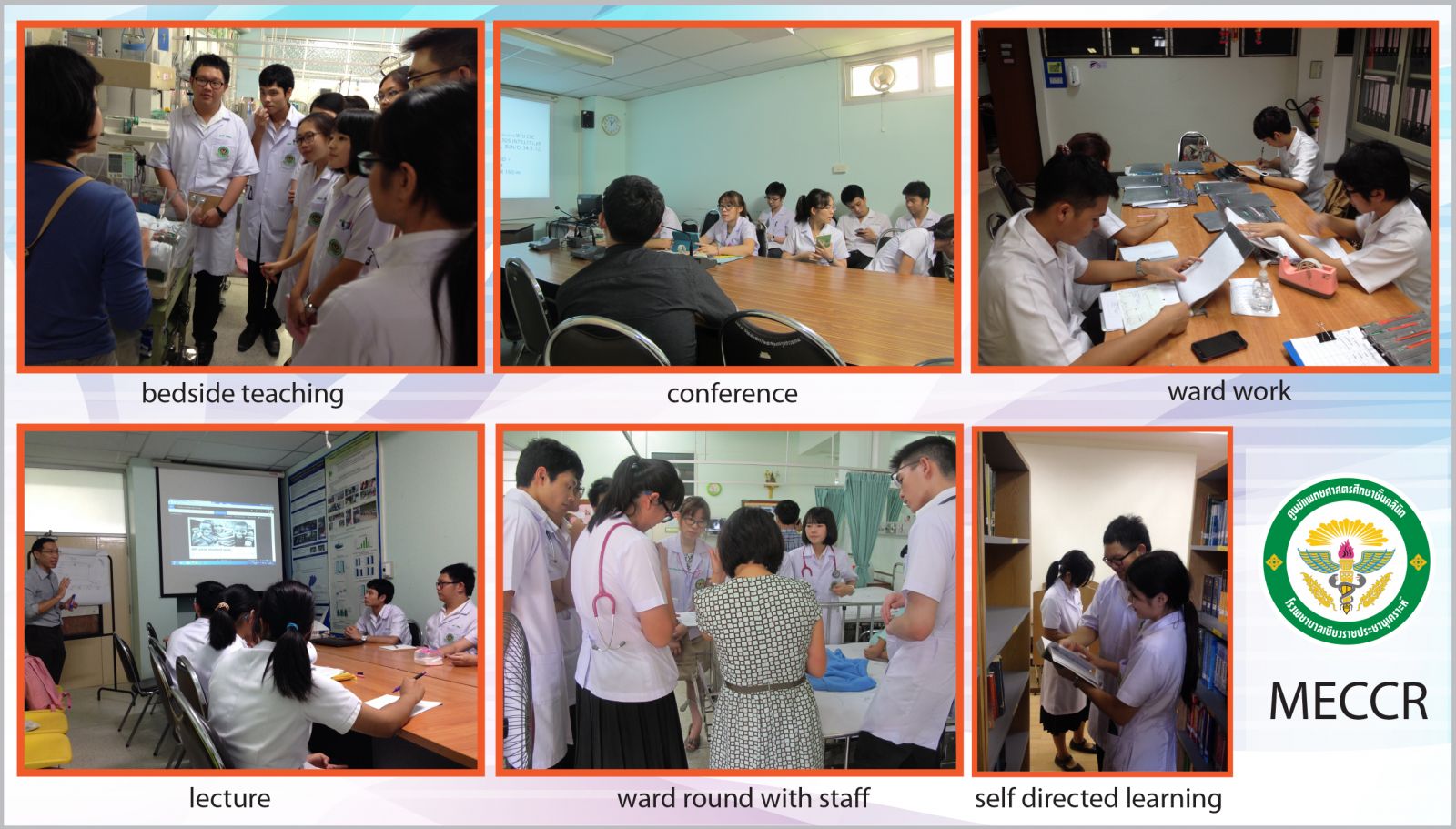



Authors
- Sorawit Pongpittayut
- Yaowalak Jariyapongpaiboon
Institution
- Medical Education Center Chiangrai Prachanukroh Hospital(MECCR)- Pediatrics - Chiangrai - Thailand
Thai medical school curriculum requires Congenital Heart Disease (CHD) to be taught in the clinical year of medical school training. There are concerns about the difficulty of teaching CHD to medical students because of its complicated content. This study aims to assess medical students’ learning methods regarding CHD knowledge.
The 6th year medical students at the MECCR were assessed by a multiple-choice questions (MCQ) test which focused on CHD knowledge: pathophysiology, physical examination,diagnostic criteria and treatment. Following each question, medical students were asked to reflect on their learning methods derived from the answers.
There were 24 medical students who completed the MCQ test. The learning methods that had an effect on medical students were evaluated by getting the correct answer of CHD knowledge (graph 1). Lecture-based learning and bedside teaching were the most effective learning methods on the subject of pathophysiology, diagnostic criteria and treatment, while bedside teaching and self-directed study were more effective on physical examination topic (graph 2). However, the difference between the learning methods for each subject was not statistically significant.
Lecture-based learning and bedside teaching were more suitable for CHD teaching to the medical students due to its complicated content. On-the-job learning and self-directed study were also effective in the different aspects of knowledge.
Designing students’ learning methods should be properly arranged regarding the complexity of the content.

